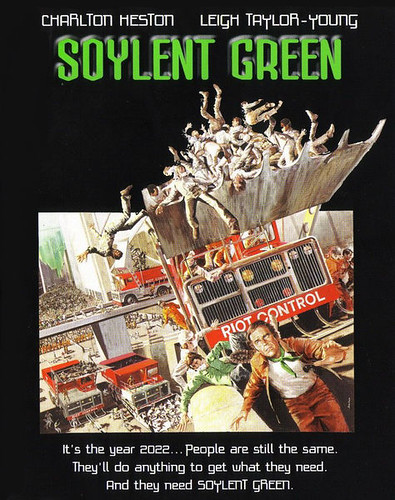Relevant Events & Art
/
Over on his blog, Mark Charan Newton talked briefly about the link between the Occupy movement and the upcoming Batman film, The Dark Knight Rises, which seems to tap into the 99% idea with its recent trailer. I've got my doubts that a film of this magnitude would be directly influenced at the core by something that's happened: the Occupy movement has been around for around three months, and the film's timeline would predate that by a considerable amount of time. The marketing department, however, could certainly use the sudden relevancy of the issue and angle quite a bit of marketing towards that theme.
This has me thinking about the creation of films and art in general. Certainly, science fiction has a tendancy to be very relevant. Avatar and Moon in 2009 really took a stab at the state of environmentalism and energy consumption in the world, while this year's film In Time landed at the right moment, right when the Occupy movement started up a couple of months ago. These are big, societal issues, and if someone has their head to the ground, listening for what might come next, it's certainly easy to see some of these things happening down the road: the genre is a good place to examine such issues. While The Dark Knight Rises is already written, it's far from in the can: the next steps would be the post-production stage, where the editing shapes the footage into a regular, finished product, and I would be not at all surprised if some of the events in the tale end of 2011 will help to shape the film that we'll see next July.
Science Fiction is a relative genre, and often, the films that really last the longest are the ones that seem to retain a certain amount of relevancy the longest: films like Soylant Green, Silent Running or Outland are perfectly watchable, interesting films that hold up considerably well in the present moment, because they really carry messages that resonate: environmentalism, corporations running amok, and bleak futures, all of which we're seeing in full force in the present day. Certainly, the fact that the film Moon has drawn upon some of these films and become a critical success in the last couple of years is testament to that.
It would be facinating to take some of the politically charged films from the 1970s, go to the raw footage and recut and re-edit the film with the current context of today in mind to help shape the story. In all likelihood, I'm guessing that the films wouldn't change that much: the points those films made then are the same or similar now. Similarly, it would be interesting to take the footage that's been shot from The Dark Knight Rises and have it cut back in June 2011, and to compare the final product next year. How different would it be?

